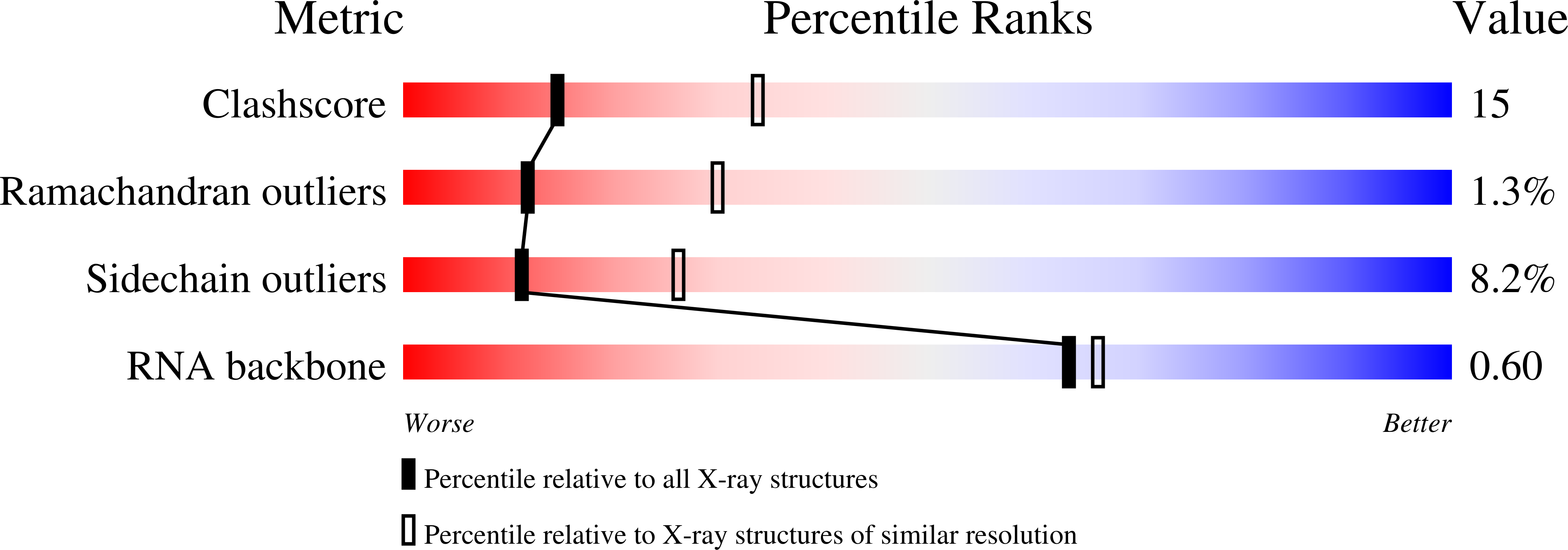
Deposition Date
2003-02-20
Release Date
2003-04-15
Last Version Date
2024-02-14
Entry Detail
PDB ID:
1O0C
Keywords:
Title:
CRYSTAL STRUCTURE OF L-GLUTAMATE AND AMPCPP BOUND TO GLUTAMINE AMINOACYL TRNA SYNTHETASE
Biological Source:
Source Organism:
Escherichia coli (Taxon ID: 562)
Host Organism:
Method Details:
Experimental Method:
Resolution:
2.70 Å
R-Value Free:
0.26
R-Value Work:
0.21
R-Value Observed:
0.21
Space Group:
C 2 2 21


